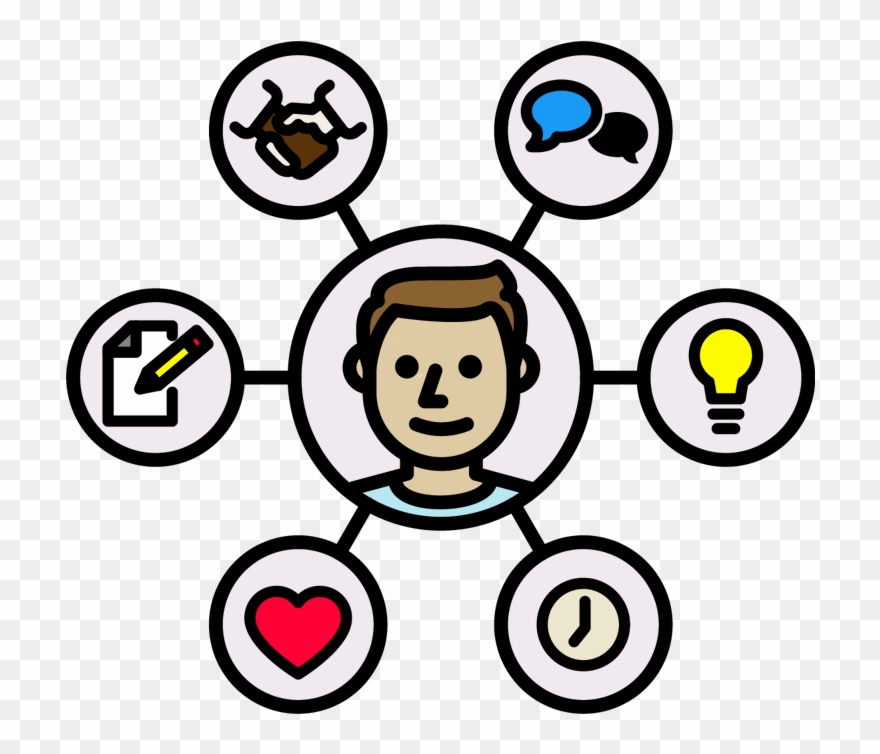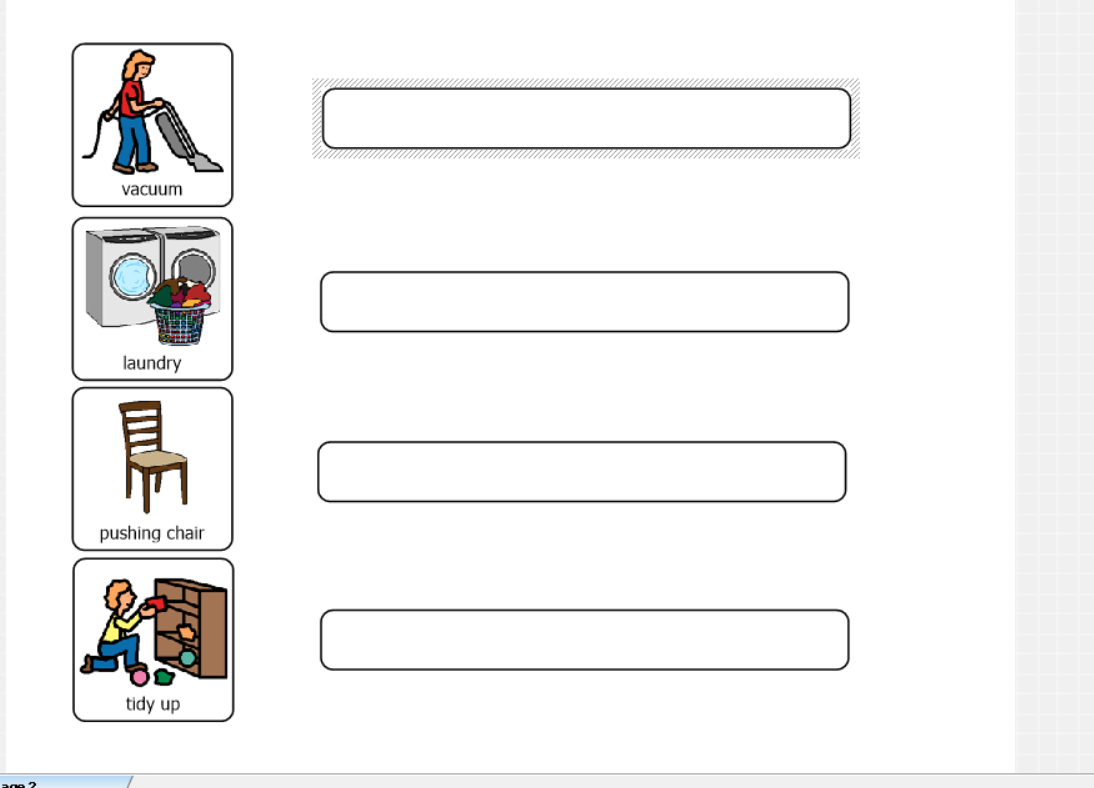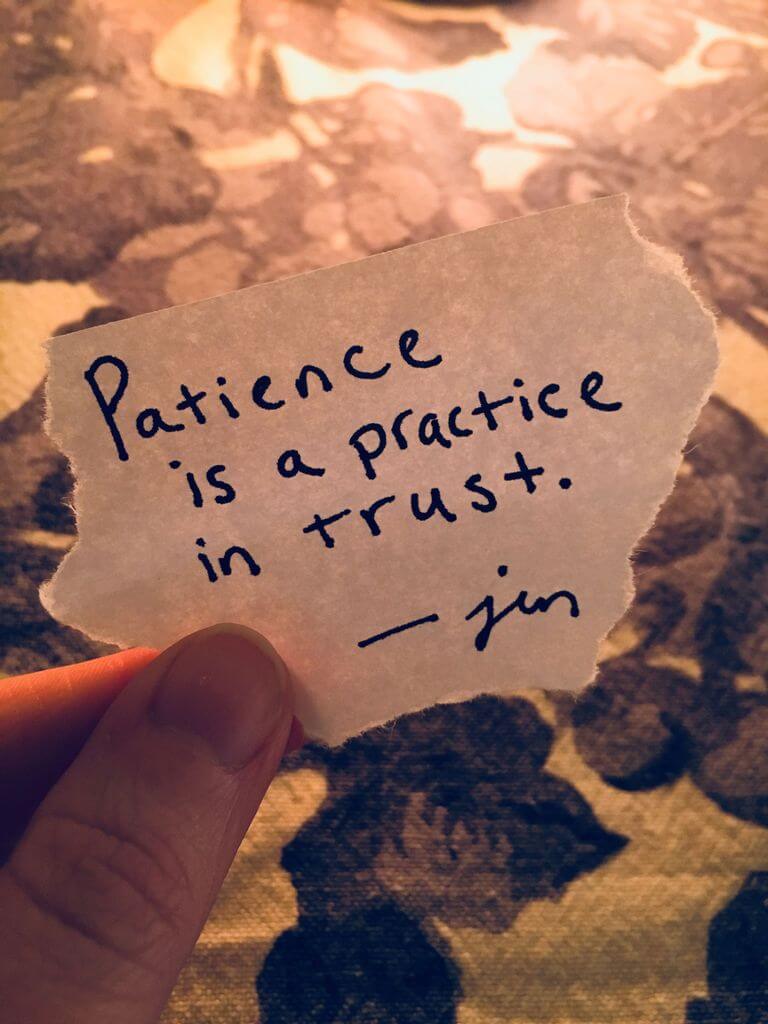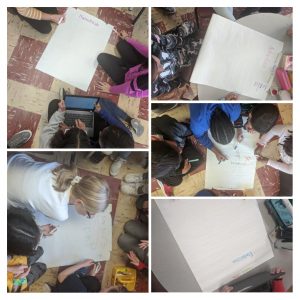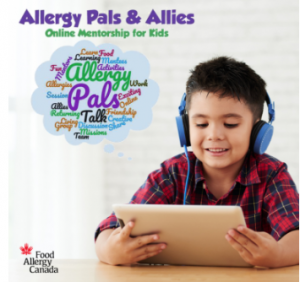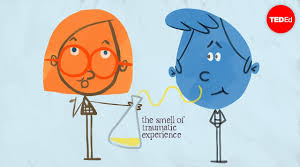There is a wonderful quote from Sir Isaac Newton that goes, “If I have seen further than others, it is by standing upon the shoulders of giants.” To me, this is nothing less than a gigantic nod to everyone who “tried and paved the way” before him, and a reminder of his then obligation to do the same for the generations to follow-including you and me.
I think Newton was right to pay tribute to his predecessors, but he did so implying that he was focused on the future. He knew that the past played an important part in his understanding of all things Math and Physics(Natural Law), but he was also keanly aware that there was still much work to do during his life in order to prepare for something far beyond his time, work, failures, and accomplishments. This was Newton’s way to say to his successors, “My shoulders are ready for you to stand upon and see further”. Like all teachers, Newton created the conditions where his lessons would go far into the future to a time, space, and place where he himself would never visit.
And now to the classroom
Imagine this repeating itself around the world everyday where a class is in session? We see the future everyday as we prepare students to stand on our shoulders to see further. In some ways, teachers are like conduits of time that possess the ability to bridge the past and present in service of the future. In the process, we continually build and strengthen the foundations on which we all stand and seek to see further than before.
To me, this is one of the coolest places to be as an educator because we have the ability to see through multiple states of time. This is a gift from the past, and it is important for us all to take a moment to enjoy the 360 view atop the shoulders of giants on which we now stand.*
Think about the beauty of looking back at where we’ve been a.k.a hindsight. In education it’s better known as ongoing professional reflection. In itself, reflection will always be an important tool in our collective kit. However, if we’re not careful, we can dwell too much on the past, which could then mire us in the present, and ultimately cause us to lose focus on the future – our students. That’s why we need to keep our eyes looking forward and further as we stand together to protect education from fundamentalist firestarters trying to burn its foundations with fiscal forest fires in order to fleece the future.
Despite the acrimonious arson taking place, we stand firm and united in the fight against cuts to education. Our solidarity, current WTR focus on government, and willingness to wait at the negotiating table are clear indicators to families that ETFO members are rallying around our learners even as the government burns bridges to benefit a bogus budget dilemma. Our shoulders are squared and strong.
It’s time we douse the doubt and the doubters by continuing our amazing and impactful work in education which has placed Ontario among the best in the world. Imagine what heights our students will reach when each one has equitable access to learning at all phases of their educational evolution from JK to post-secondary? Imagine underserved and under-performing students who will never fall through the cracks because there are shoulders for them to stand on too?
Stand strong. Stand together.
*This is never more meaningful when I think about the educators who stood up for teachers in the past to fight for the benefits, pay, and working conditions we have now. There is no doubt that things are better for educators in some areas, but have deteriorated in other areas. It is now our turn to clear the way and make new roads for those to come in the future. I am so thankful for those who fought for me. Even though I may never meet them in person, I am here standing on their shoulders.

